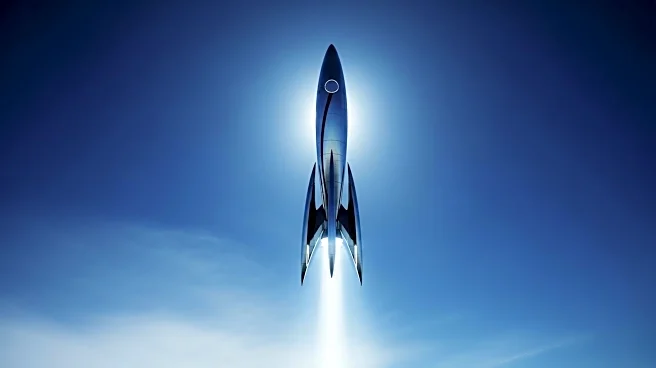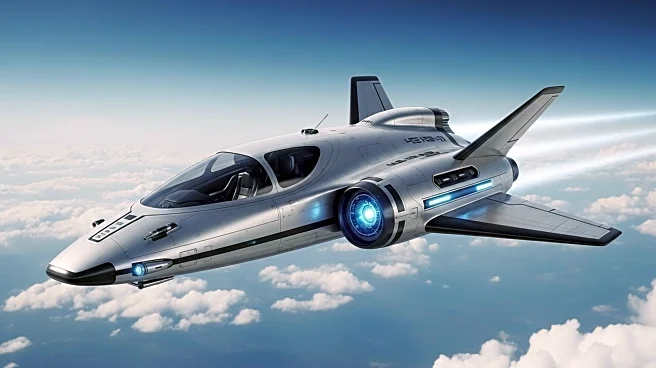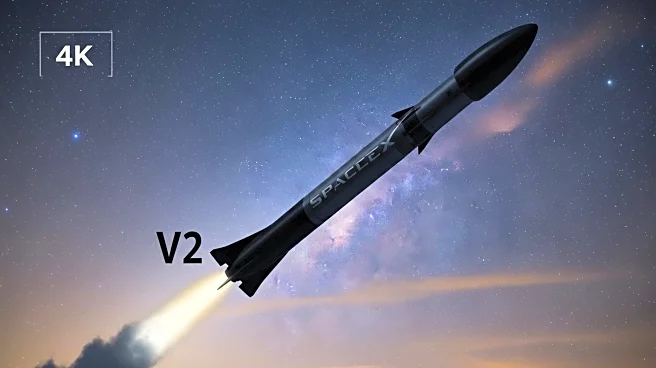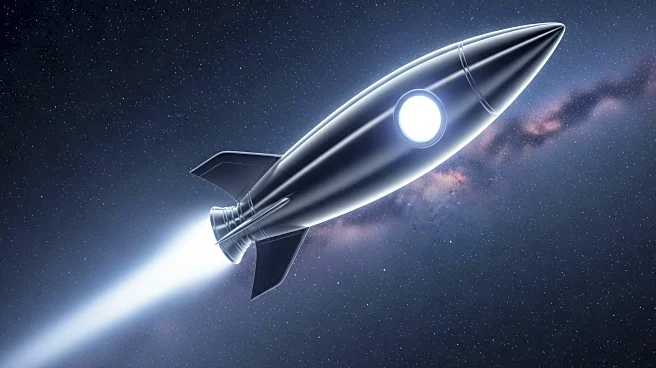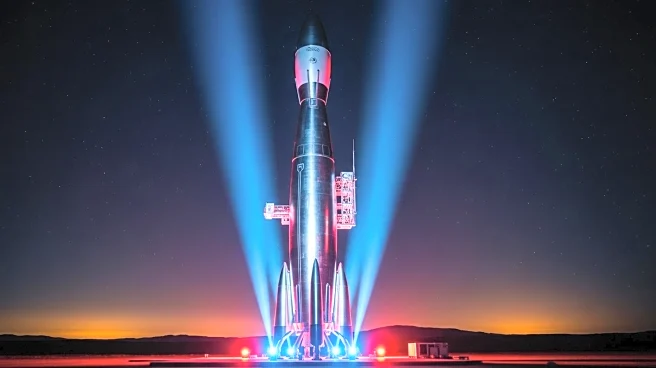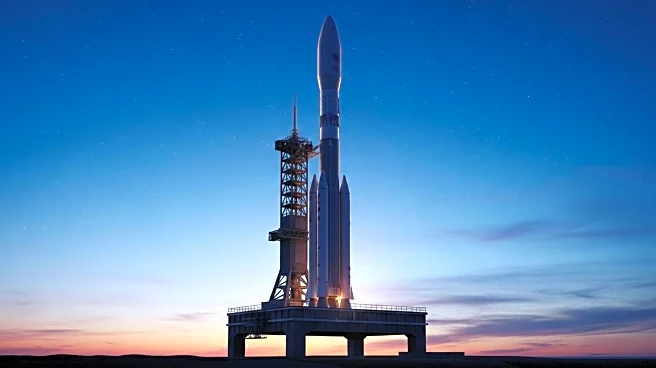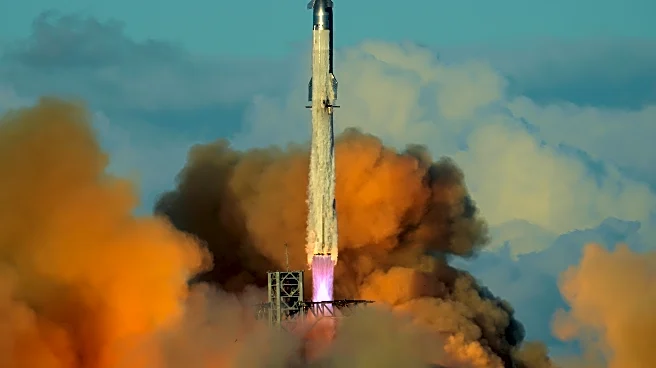What's Happening?
SpaceX has successfully completed the 11th test flight of its second-generation Starship vehicle, achieving all major objectives set for the super-heavy lift vehicle. The test, conducted on October 13
from Starbase in Texas, marked the final flight of the second-gen Starship. The vehicle's 33 Raptor engines ignited upon launch, and the stage separation and first-stage ascent went smoothly. The Super Heavy booster splashed down into the ocean as planned, while Starship deployed all its Starlink simulators before re-entering the atmosphere. SpaceX is now focusing on developing the next generation of Starship and Super Heavy, with multiple versions of the vehicle and the booster being prepared for tests.
Why It's Important?
The successful test flight represents a significant milestone for SpaceX as it moves closer to operational payload missions and the first Starship orbital flights. The development of the next-gen Starship is crucial for SpaceX's long-term goals, including missions to the moon and Mars. The advancements in the vehicle's design, such as the new Raptor 3 engines and energy storage upgrades, are expected to enhance the capabilities of Starship, making it more suitable for longer-duration missions. This progress is vital for SpaceX's ambition to establish a sustainable presence on Mars and expand its commercial space operations.
What's Next?
SpaceX plans to use the next iteration of Starship for the first orbital flights and operational payload missions. The company is preparing multiple vehicles for tests, which will include demonstrating in-space fuel transfer, a core capability for deep-space missions. The next-gen Starship, known as Version 3, will feature significant upgrades, including new docking adapters for propellant transfer. SpaceX aims to launch a fleet of uncrewed Starships to Mars during the next opportunity in late 2026, aligning with its long-term vision of interplanetary travel.
Beyond the Headlines
The development of the next-gen Starship could have broader implications for the space industry, potentially lowering the cost of access to space and enabling new commercial opportunities. The advancements in reusable rocket technology may also influence public policy and international space collaboration, as countries and companies seek to leverage these capabilities for scientific exploration and economic growth.


